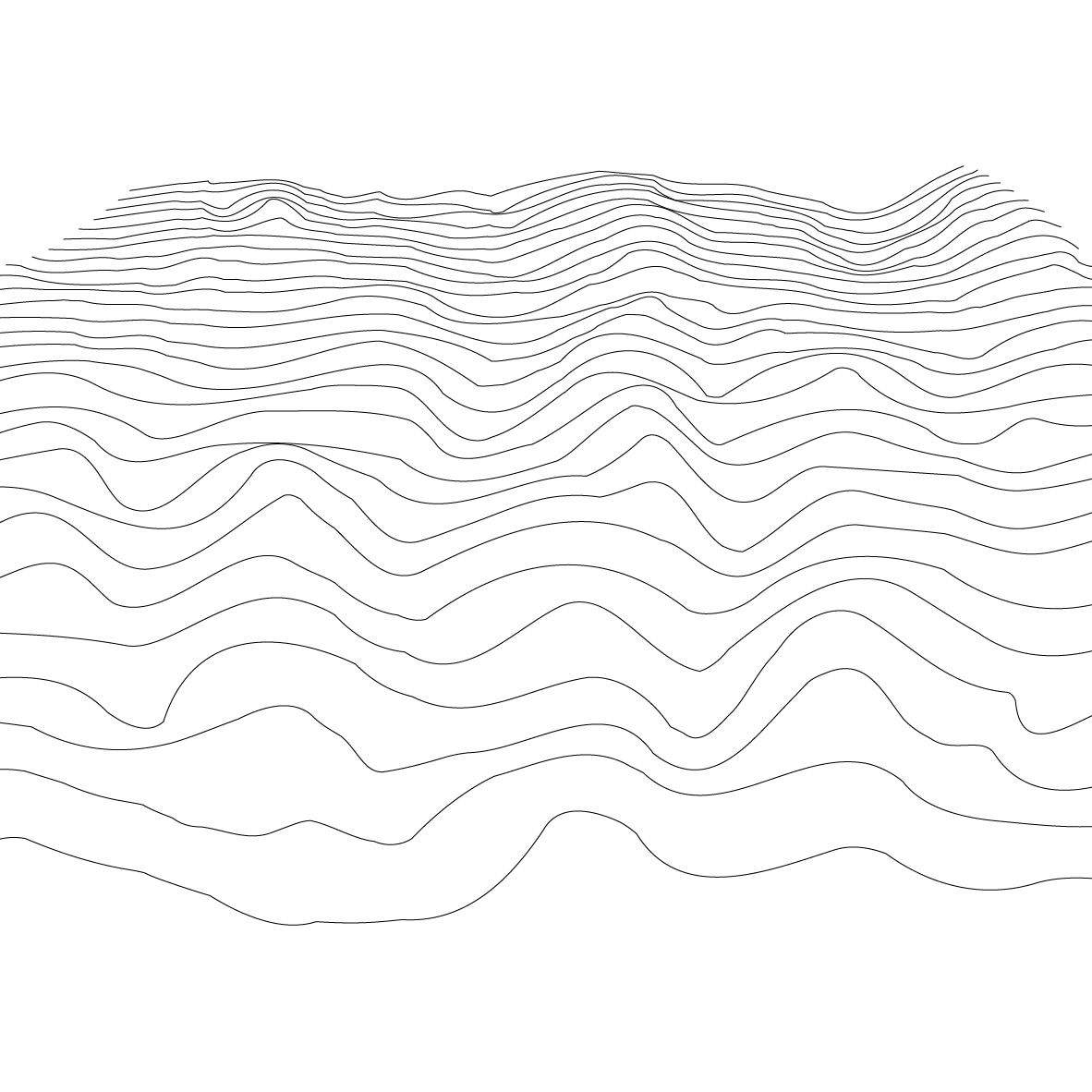My company is trying to move into machine learning & we'd love to replicate an image like this for our debut product. If anyone has an idea as to what software Uber used, that would be helpful. I've done a fair amount of blending in Illustrator, but this seems to have a 3-dimensional aspect that is tough to replicate with just the blend tool. If done in illustrator, any idea as to method would be helpful as well!
-
1Could be some very specific tool, but if I were to do this Without any research, I would use a 3D application. The technique would kinda depend on the application, but maybe first make a low poly landscape surface with lumps and bumps and then make all these lines and project them down on the surface. so they take its form in Z axis. Then remove the surface and export a perspective view as some sort of vector if possible.– JoonasCommented Mar 7, 2019 at 15:07
-
@GerardFalla That sounds like an answer to me...Please avoid answering questions in comments.– StegathesaurusCommented Mar 7, 2019 at 16:12
-
@Ovaryraptor - sorry and thanks - I've converted.– GerardFallaCommented Mar 7, 2019 at 16:44
-
Why would you care what they used just as long as you know how to use something that can do what you want. I would be just as likely to do this with a text editor than using a 3d application.– joojaaCommented Mar 8, 2019 at 10:51
2 Answers
If I were producing this, I'd be working in modo, and I'd use a multi-octave noise texture (projected down the Z axis) to drive displacement of a subdivided plane; I'd feed this surface result into a procedural mesh stack in which I'd also have an array of linear polys, projected down to the surface with an intersection mesh op, and I'd set the resulting procedural mesh to take those edges and convert them to curves. I'd do it that way 'cos you can animate the noise and so animate the graph.
I learned the basics of this approach from a Pixel Fondue posting, and played with it myself and extended it a bit further for my own use, and saved out an assembly - I made a brief render animation of my results - in my case the lines are being driven not from above but from the side, to create animated topo lines.
Here's a still from that animation:
Vimeo of my animated render results
And here's the original Pixel Fondue training video:
Hope this helps.



